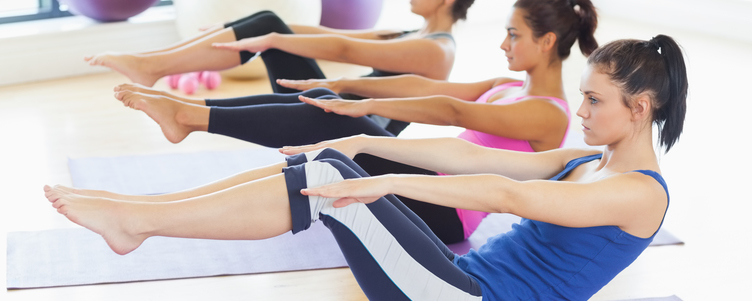Pilates vs general exercise in treating chronic low back pain
Lower back pain affects around 20% of the Australian adults. Sufferers of lower back pain experience higher levels of anxiety and depression, poor sleep quality and a decline in quality of life.
Pilates is a training program which was developed by in the 1920’s by German-born Joseph Pilates*. Typically, Pilates training exercises are performed on a mat or using specific equipment and involves exercises suggested to strengthen and improve function of the deep abdominal muscles (e.g. transverse abdominus and internal obliques).
Subsequently, Pilates-related exercises have been proposed as a treatment option for lower back pain. However, at present the evidence to support this is currently mixed. For example, some studies show that Pilates is no more effective than general exercise (moderate-intensity aerobic activity and general stretching) on lower back pain.
The aim of the present study was to assess the effectiveness of the Pilates method, when compared to general exercises, on pain and functionality after 8-weeks intervention and again after a 3 month follow-up period for participants with chronic low back pain.
In this US-based trial, participants were recruited from the local community and private health services. A total of 22 participants, were randomly spilt into two groups; (1) Pilates Group , or (2) General Exercise Group.
Before and after the 8-week intervention, each group did tests examining: self-rated pain, patient functionality, flexibility and muscle endurance.
The Pilates Group undertook a 8-week training period which was instructed by qualified Pilates instructors. The General Exercise Group were prescribed generic exercises including, stationary bicycling, trunk and lower limb stretching, spine mobilisation and trunk muscle strengthening.
Follow-up tests were conducted 3 months post-intervention to examine the long-term effectiveness.
While both groups improved overall in the study outcomes (e.g. self-rated pain, flexibility or muscle endurance), there was no difference between groups for any of the constructs assessed. However, after a 3 month period, when compared to the Pilates Group, the General Exercise Group had significantly better outcomes for lower back pain and functionality.
Summary
In this study, both Pilates and general exercise both had beneficial effects on lower back pain. The data suggest that general exercise was more effective in the long-term. Clearly this area needs studies with larger sample sizes and longer study durations.
Fitness professionals working with clients who suffer from chronic pain should always seek guidance from a GP and/or appropriate allied health professional before developing an exercise program.
Authors: Mostagi, F. Q. R. C., J. M. Dias, L. M. Pereira, K. Obara, B. F. Mazuquin, M. F. Silva, M. A. C. Silva, R. R. de Campos, M. S. T. Barreto and J. F. Nogueira
Journal: Journal of Bodywork and Movement Therapies
Year: 2014
Web link
Check out the GFI Jobs Board for all the latest employment opportunities

